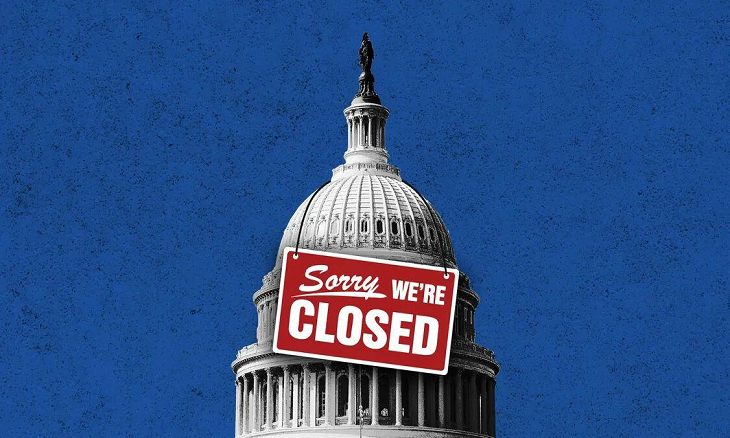The Trump administration has issued a strong warning that mass shutdown firings could begin “in a day or two,” sparking intense debates across political and economic circles. As America braces for another wave of uncertainty, this development has quickly become a trending news headline dominating discussions about U.S. government shutdowns, federal jobs, and Trump policies.
Trump Administration’s Shutdown Warning
According to reports, the Trump administration has indicated that government workers may face immediate consequences if funding negotiations do not reach a resolution. The phrase “mass shutdown firings” has sent shockwaves throughout Washington, as both supporters and critics scramble to understand the economic and political impact of such a drastic move.
Historically, government shutdowns have led to furloughs rather than outright firings, but the Trump team has taken a tougher stance. By threatening permanent job losses, the administration is signaling its determination to push forward with its budget priorities while challenging opposition leaders to negotiate quickly.
Economic Impact of a Mass Firing
If federal workers are terminated instead of temporarily furloughed, the U.S. economy could experience ripple effects. Federal jobs are often concentrated in areas such as Washington D.C., Virginia, and Maryland, but the impact would extend nationwide.
- Consumer spending could decline as workers lose their income.
- Local businesses near federal offices could suffer from reduced activity.
- Unemployment rates may spike if tens of thousands are let go.
- Financial markets may react to heightened instability.
Economists warn that unlike temporary furloughs, mass firings create long-term consequences for both families and the broader labor market.
Trump’s Political Strategy
Critics argue that the Trump administration’s shutdown threat is a political tactic designed to pressure Congress. By framing the crisis around job losses, Trump’s team is appealing to fiscal conservatives who support leaner government while putting Democrats in a difficult position.
Supporters of the move say it is a necessary measure to rein in excessive federal spending and hold lawmakers accountable. Opponents, however, see it as a reckless gamble with American livelihoods.
Public Reaction to the Shutdown Threat
Social media has exploded with reactions to the news, with hashtags like #GovernmentShutdown, #TrumpShutdown, and #MassFirings trending across platforms. Federal employees and unions have expressed outrage, while Trump loyalists praise the bold approach as a way to drain the swamp and cut unnecessary bureaucracy.
The American public remains divided, with many fearing the personal and financial consequences of a shutdown. Past government shutdowns have cost billions in lost productivity, delayed services, and economic slowdowns. If permanent firings occur, the damage could be significantly worse.
What Happens Next?
As the Trump administration signals that mass firings may begin “in a day or two,” pressure is mounting on Congress to strike a funding deal. If no resolution is reached, thousands of federal employees may lose their jobs in the coming days, creating a historic shift in how shutdowns are handled.
The stakes are high, not just for government workers, but for the U.S. economy, political landscape, and the 2025 presidential race. Whether this is a negotiation tactic or a genuine plan, America is about to witness a pivotal moment in its ongoing political battles.





